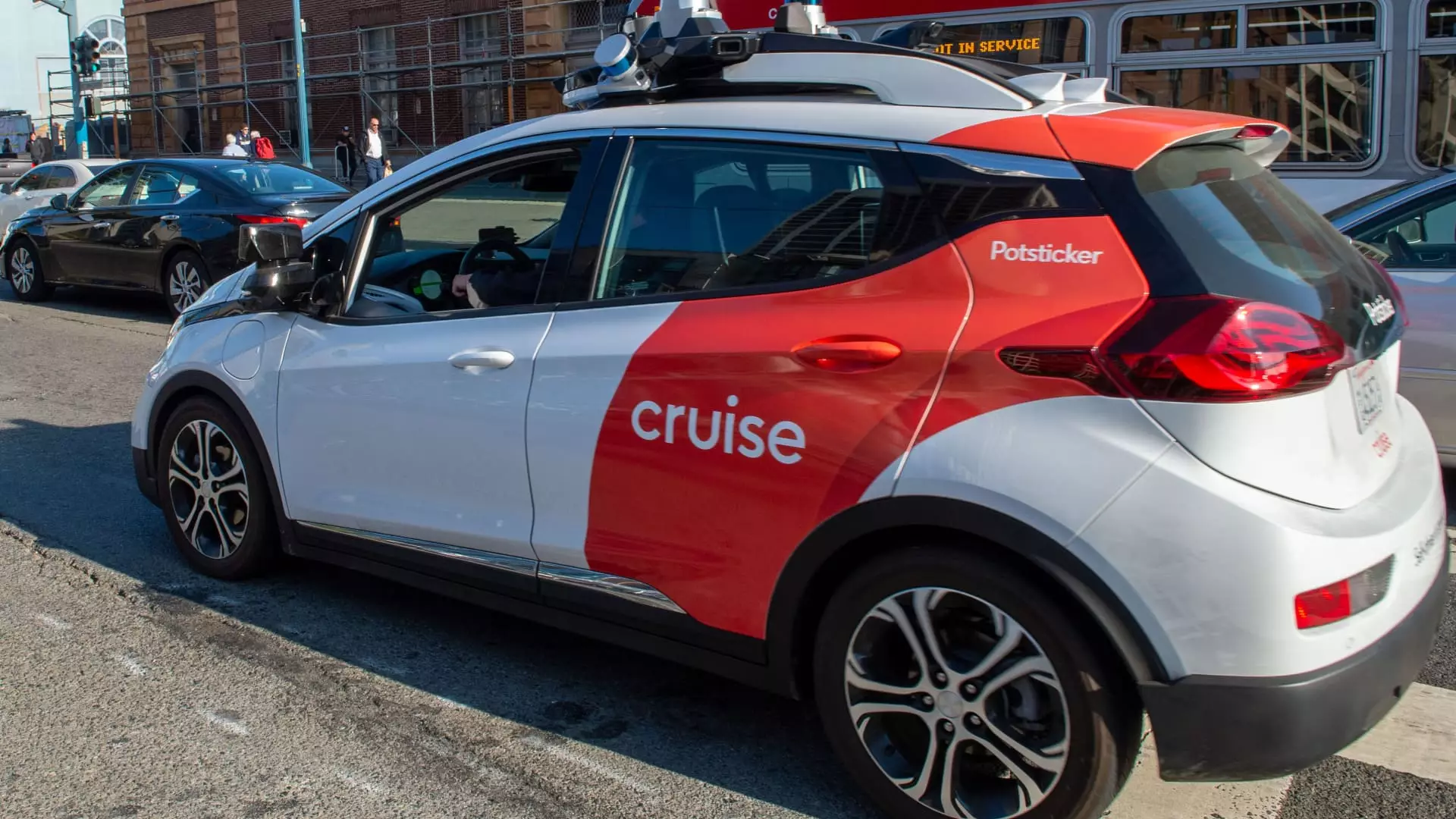The autonomous vehicle landscape is undergoing substantial transformations as major players recalibrate their strategies. Recently, General Motors (GM) made headlines for its decision to cut approximately half of its remaining workforce at Cruise, its once-promising robotaxi subsidiary. This article delves into the context and implications of this significant workforce reduction, examining the larger narrative of the autonomous vehicle industry.
The decision to downsize Cruise’s workforce comes just two months after GM announced a severe pullback on funding for the robotaxi business, having already invested over $10 billion since its acquisition of Cruise in 2016. In an official statement, Cruise highlighted the difficulty of the decision while expressing gratitude for the dedication of the departing employees. As of the end of the previous year, Cruise employed nearly 2,300 individuals, and the recently announced layoffs will affect around 50% of them.
Cruise’s President, Craig Glidden, communicated the rationale for the layoffs in an internal email. According to Glidden, the primary reason for the staffing cuts stems from a strategic pivot away from the ride-hailing sector towards a focus on providing autonomous vehicles to consumers in collaboration with GM. This shift necessitated a reevaluation of employment needs. With the overwhelming majority of remaining personnel in engineering roles, the impact of this decision ripples throughout the engineering departments, highlighting a lean towards operational efficiency amidst evolving strategies.
In conjunction with the staff reductions, Cruise also announced the departure of several top executives, including CEO Marc Whitten and Chief Human Resources Officer Nilka Thomas. Such a significant turnover in leadership raises questions about organizational stability and the future direction of Cruise. The reorganization appears to prioritize a streamlined approach that aligns more closely with GM’s evolving ambitions in autonomous vehicle technology.
Mo Elshenawy, who serves as President and Chief Technology Officer, is set to remain with Cruise through the end of April to facilitate the transition. His presence during this turbulent period may offer insights into the operational shifts underway and help to cushion the impact on remaining employees as they navigate this transition.
As the layoffs unfold, Cruise has committed to providing severance packages and career support for those affected. The company plans to offer full base pay for the remaining 60-day notice period, along with eight weeks’ severance pay. Employees with longer tenure will receive additional compensation, a gesture aimed at providing a semblance of support during a challenging time. However, the efficacy of these measures in fortifying employee morale and loyalty in the future remains to be seen.
The focus on severance and transitional support underscores the complexity of right-sizing a workforce that once embodied innovation and disruption in the automotive industry. It also raises crucial questions about corporate responsibility in times of significant change.
The layoffs at Cruise come in the wake of broader industry challenges, particularly for autonomous vehicle startups and established companies alike. Once hailed as frontrunners, companies like Cruise and Waymo have faced scrutiny and criticism regarding safety protocols, regulatory compliance, and operational efficacy. The abrupt cessation of Cruise’s commercial operations late last year serves as a stark reminder of the precarious nature of this industry.
Recent investigations have exposed a concerning culture at Cruise, citing issues ranging from leadership failures to regulatory oversight. As probes into incidents reveal deeper organizational challenges, the narrative of innovation is becoming intertwined with accountability and corporate ethics. The public and regulatory scrutiny will undoubtedly shape the future trajectory of autonomous initiatives, impacting not only internal strategies but also public perception.
As GM pivots from the robotaxi model to a focus on personal autonomous vehicles, the path forward remains fraught with uncertainties. The significant workforce reductions at Cruise underline the challenges and pressures facing many tech-driven companies in today’s competitive landscape. While Cruise attempts to stabilize and refocus its objectives, stakeholders will be closely watching to see how these changes manifest and what they mean for the future of autonomous transportation. The industry is at a crossroads, and the balancing act between innovation, safety, and corporate responsibility will be pivotal in shaping its future.

